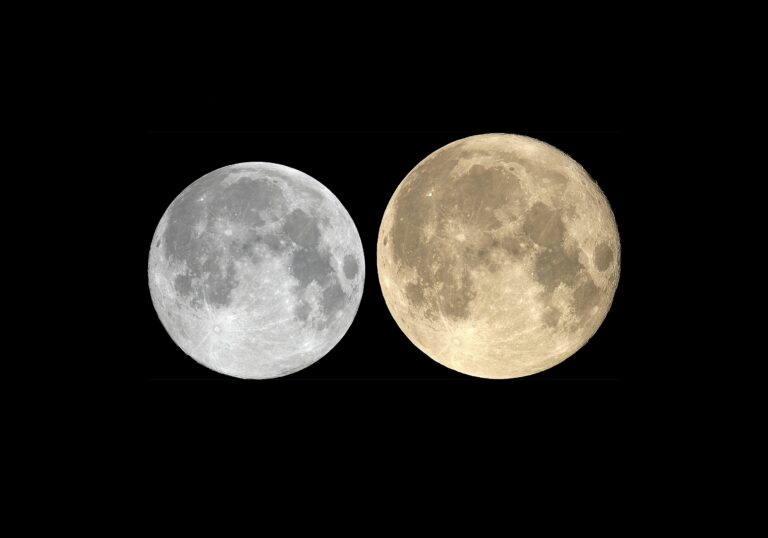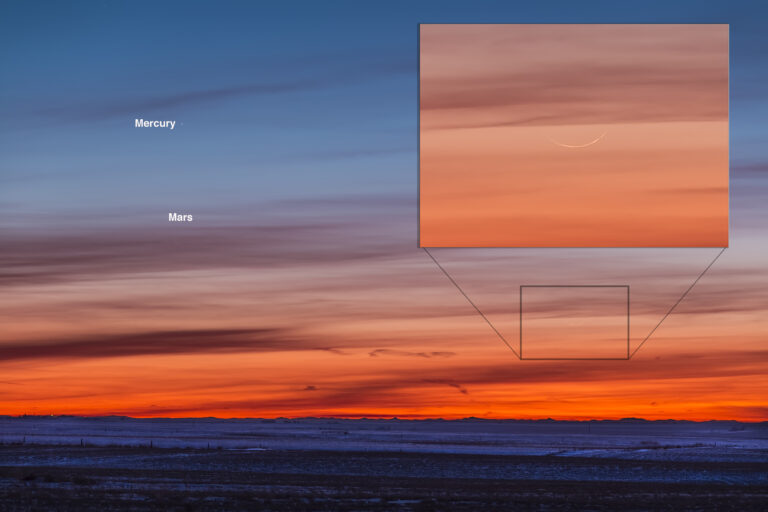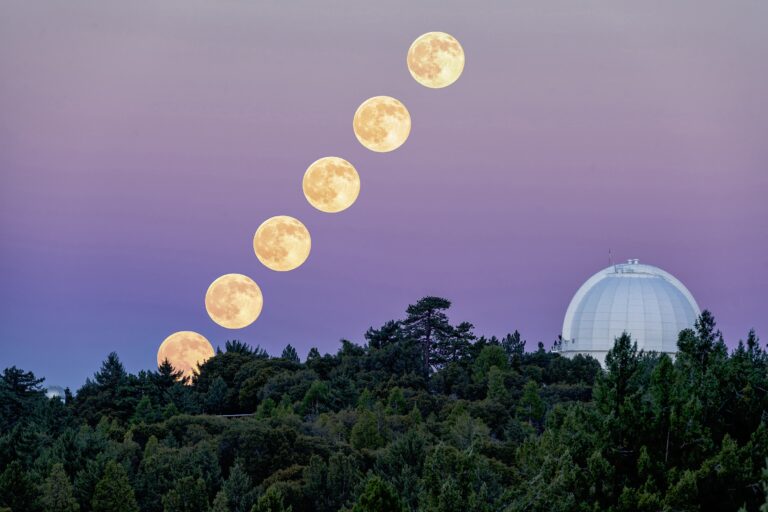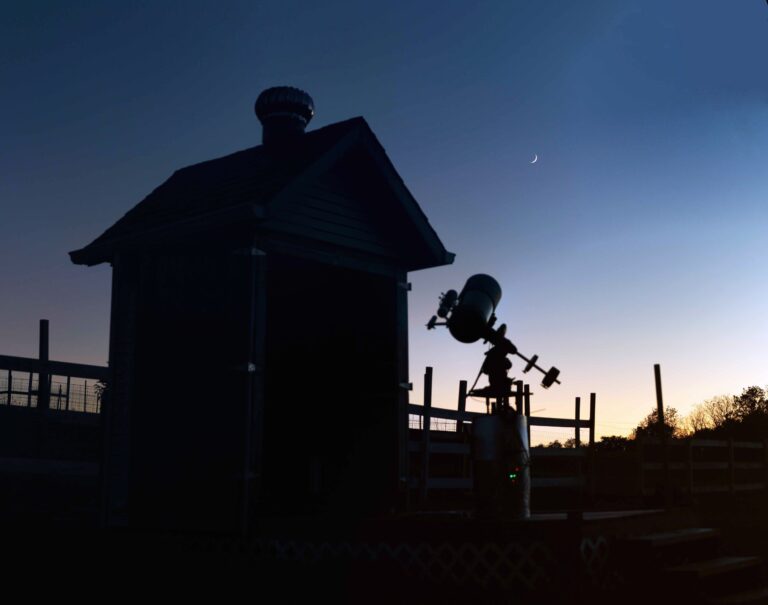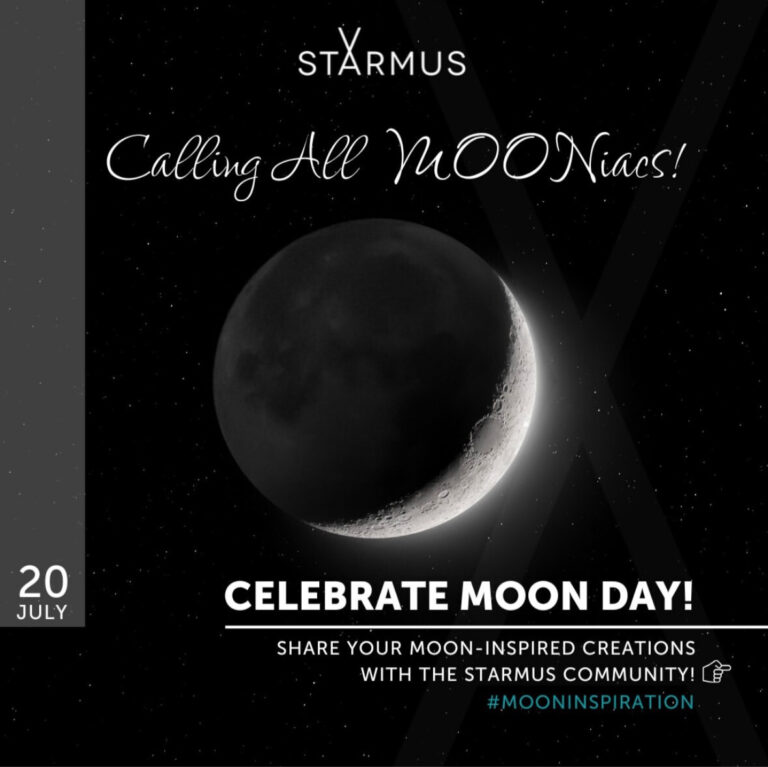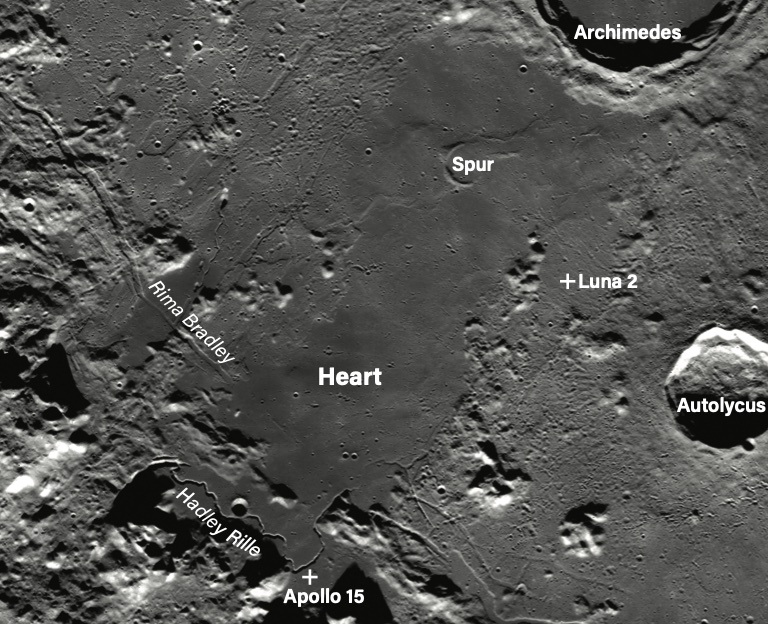Key Takeaways:
One often-neglected aspect of the spectacle involves motion. This is more singular and special than popularly realized. That’s because a frozen visual scene is the norm in our profession or hobby. When we look through telescopes, it’s a slide show. The images are static. Nothing moves. We’re used to it.
The entire human race will come and go before the great globular cluster in Hercules looks any different. Even much closer to home at 410 light-years, the beautiful colored double star Albireo has not changed since the first telescopes were aimed its way in the 17th century. We know the blue-and-gold component stars whirl around each other at several miles a second. But that’s not enough to let us detect the slightest change in the stars’ positions, not even after four centuries.
By contrast, the tilt of Saturn’s rings changes noticeably from one year to the next, and they’re now wide open. We can remember just a few short years ago when the rings were nearly edge-on, making Saturn a very different animal. Jupiter is more animated, even if just barely. A few hours of observation reveal its spin and the whirling of its moon Io, which whizzes completely around that planet in less than two days.
But it’s our “inconstant Moon” — the one Shakespeare’s Juliet was wary of — that comes closest to providing bona fide movement.
On the surface, shadows cast by lunar mountains shift position at 10 mph (16 km/h), the same speed as a jogger. A typical 62-mile (100 kilometers) crater like Copernicus changes its shadowing in just a few hours.
But it’s the Moon’s motion that holds our attention. As it lopes through space at just 1 kilometer per second, its nearness makes that movement more than obvious: Of the universe’s substantial bodies, it’s the very fastest in terms of angular shift.
visually obvious.
This motion reaches an exciting climax August 21, during the eclipse. No doubt, a major source of amazement will be seeing the Moon bustle as it glides in front of the Sun, and then later restores its light. You can actually see it moving.
True, the Moon’s angular speed only equals that of a wall clock’s minute hand. And yes, you can also observe the Moon’s orbital motion during conjunctions and near conjunctions. But its motion during a total solar eclipse is like nothing else. And while other movements figure prominently in creating the magical eclipse stewpot — our planet’s spin nearly doubles the eclipse’s length — it is the Moon’s responsibility for creating the precise three-dimensional lineup. This exact alignment of Sun, Moon, and your spot on Earth conjures a palpable effect on the human soul.
We’re not talking astrology. Astronomers do not believe in astrology for a very good reason: Countless statistical studies show that it has no validity. This is something else. It involves feelings.
Scientists do not generally discuss feelings, but observational astronomers aren’t subtle about them. You cannot venture under the Milky Way in moonless, unpolluted conditions and not feel a sense of awe. You cannot telescopically observe the rings of Saturn and not feel joy and wonder. And you cannot view a total solar eclipse and fail to be swept up in rapture.
Rapture does not lend itself to analysis. It’s not easy to identify what exactly makes a solar totality so otherworldly. Why do so many weep? While I do not have the answers, I’m guessing there’s something particularly awesome about seeing the black Moon moving in space.
A paltry half-mile a second. The Moon moves the same speed as a rifle bullet, which might sound impressive. But by celestial standards, that’s virtually a standstill. The moon is 80 times slower than next month’s Perseid meteors. It boasts only one-tenth the speed of Saturn, the most lethargic of the bright naked-eye planets. Indeed, a lazy sedentary person used to be called saturnine. And here’s the Moon, 10 times slower.
You wouldn’t think that sort of speed could grab our attention. Or excite us. But watch it do exactly that.




